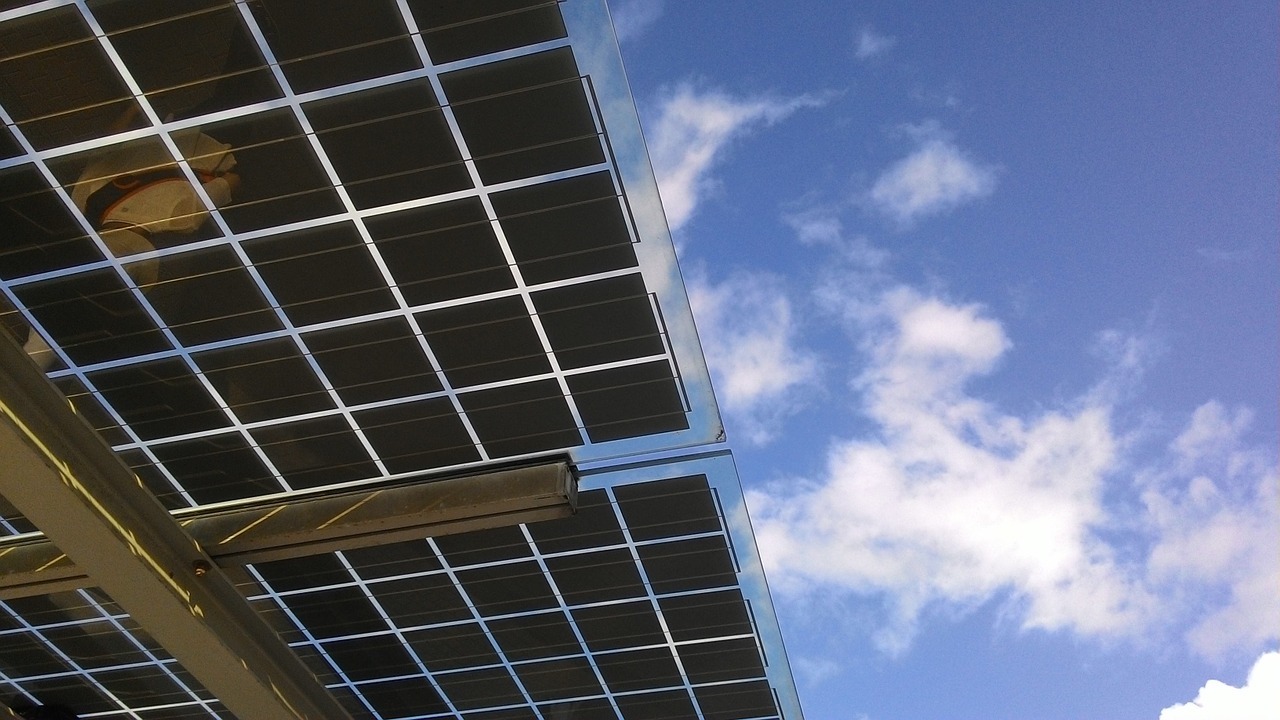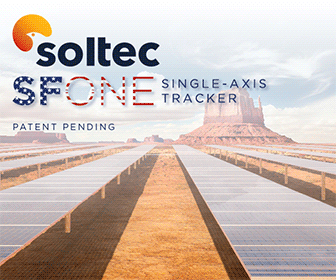Following "Tradition" - How a well-known operating lease makes a compelling financing alternative for commercial solar
The "traditional" operating lease has been used for decades by equipment salespeople to sell all types of commercial equipment, from office equipment to factory machinery - even big-ticket items like aircraft. Unfortunately, in the solar industry, sales opportunities are being missed because the "traditional" operating lease is not well known, and even less understood.
It's time to demystify this "de facto" financing method. This concept offers many features and benefits that not only differentiate it from alternative financing choices, but also make it an ideal choice for certain potential customer profiles.
Many companies, when they recognize the affordability and investment value over the life of a system, will actually preferto invest in owning a long-lived solar system.
 The value through ownership of a solar system is very attractive, especially when energy savings is combined with tax benefits, renewable energy credits, and any other incentives. Because there are other needs for cash in a business, however, discovering the right financing is key to making ownership affordable within a company's operating and capital budgets. This is where the lease becomes a compelling financing alternative.
The value through ownership of a solar system is very attractive, especially when energy savings is combined with tax benefits, renewable energy credits, and any other incentives. Because there are other needs for cash in a business, however, discovering the right financing is key to making ownership affordable within a company's operating and capital budgets. This is where the lease becomes a compelling financing alternative.
Leases are pretty well understood and tend to follow a similar pattern across industries. In the solar industry, a "traditional" operating lease (also known as a true lease) is a usage agreement between two parties, whereby the owner of the equipment (Lessor) gives to another (Lessee) the right to use the equipment for a period of time (Term) in return for some form of consideration (typically monthly payments). If a purchase option is not exercised, the Lessee is required to return the equipment to the Lessor.
By replacing upfront capital investment with 100 percent tax-deductible, fixed monthly payments (no escalator) that have been subsidized by the monetized value of the lessor's tax benefits (investment tax credit and depreciation), the "traditional" operating lease serves as a quick, affordable path to ownership.
Fixed monthly payments, followed by a purchase option price, will typically total less than the original solar system price; there is no interest paid, and the cost to own will be further reduced by the tax-deductibility of these payments. Just looking at the numbers, this "traditional" operating lease should be considered the de facto method of financing for companies seeking ownership.
Compared to a loan, the "traditional" operating lease (with its lower, fully tax-deductible payments) will provide a company with all the same energy savings and non-tax incentives, while also conserving cash in the company for working capital and other uses. This has the added benefit of increasing a company's profitability. What's striking is that companies will obtain a similar or lower after-tax cost of ownership using the "traditional" operating lease versus a loan!
 This similarity of after-tax cost of ownership is due to the different set of tax benefits under each method. Using a loan, a company obtains the investment tax credit and tax deductions for interest and depreciation. Using the lease, that company obtains lower monthly payments (subsidized by the lessor's monetization of the ITC and depreciation) that are 100 percent tax-deductible as rental expense, as well as a tax-depreciable purchase option price.
This similarity of after-tax cost of ownership is due to the different set of tax benefits under each method. Using a loan, a company obtains the investment tax credit and tax deductions for interest and depreciation. Using the lease, that company obtains lower monthly payments (subsidized by the lessor's monetization of the ITC and depreciation) that are 100 percent tax-deductible as rental expense, as well as a tax-depreciable purchase option price.
The comparison assumes that a company can obtain full value from the assigned tax benefits. Any limitation of the company's ability to use the tax credit or deductions for interest or depreciation within the company makes the operating lease the unquestionable preferred alternative.
An operating lease is particularly attractive for the following types of entities:
- Pass-through entities, such as S Corporations, LLCs, and partnerships, where taxable income and tax credits pass through to the entity owners. Allocating a tax credit among multiple individual owners in a family-owned business or professional company (doctors, architects, engineers, etc.) could diminish the attractiveness of an income tax credit; in any event, it does not conserve cash within the business. Some pass-through entity owners, such as employee stock ownership plans (ESOPs) are tax exempt and cannot use a tax credit.
- Regular "C" Corporationswhere the business already has ample depreciation, tax credits, and/or net operating loss carryovers that minimize its current tax liability, or has reached a limitation on tax-deductible interest.
- Any entity with capital budget constraints, and the desire to utilize its operating budget, where the energy savings will be realized.
- Any entity that wants to conserve cash in the business, and keep its bank lines available for working capital and re-investment purposes.
Other financing alternatives include a finance (capital) lease, which is a loan documented as a lease, and the Commercial Property Assessed Clean Energy Program (C-PACE) where loan payments are documented as property tax. The Power Purchase Agreement ("PPA") and its first cousin, the Solar Operating Lease (based upon the same economic model as the PPA), emphasize energy savings rather than ownership.
In comparing these alternatives to the "traditional" operating lease, it is important to look at the after-tax as well as before-tax value of the offering to a customer over the estimated life of the asset, and not simply an analysis over the term of the financing.
Anyone involved in solar sales should make a point to ask a lot of questions about a company's situation. Only after you're armed with the information you need can you offer financing choices that you can be confident will address your customer's broader needs and objectives.
 Stanley S. Fishbein, JD, LLM (Tax) is Managing Partner and Cofounder at CleanView Capital, an equipment finance company specializing in making ownership of solar and other clean energy systems affordable and profitable for commercial and industrial companies nationwide. Stan has more than 35 years' experience in all aspects of the equipment finance industry, including origination, structuring, and syndication.
Stanley S. Fishbein, JD, LLM (Tax) is Managing Partner and Cofounder at CleanView Capital, an equipment finance company specializing in making ownership of solar and other clean energy systems affordable and profitable for commercial and industrial companies nationwide. Stan has more than 35 years' experience in all aspects of the equipment finance industry, including origination, structuring, and syndication.
CleanView Capital | www.cleanviewcapital.com
Author: Stanley S. Fishbein, JD, LLM (Tax)
Volume: 2019 September/October









.jpg?r=4105)
.gif?r=4980)

.jpg?r=3479)